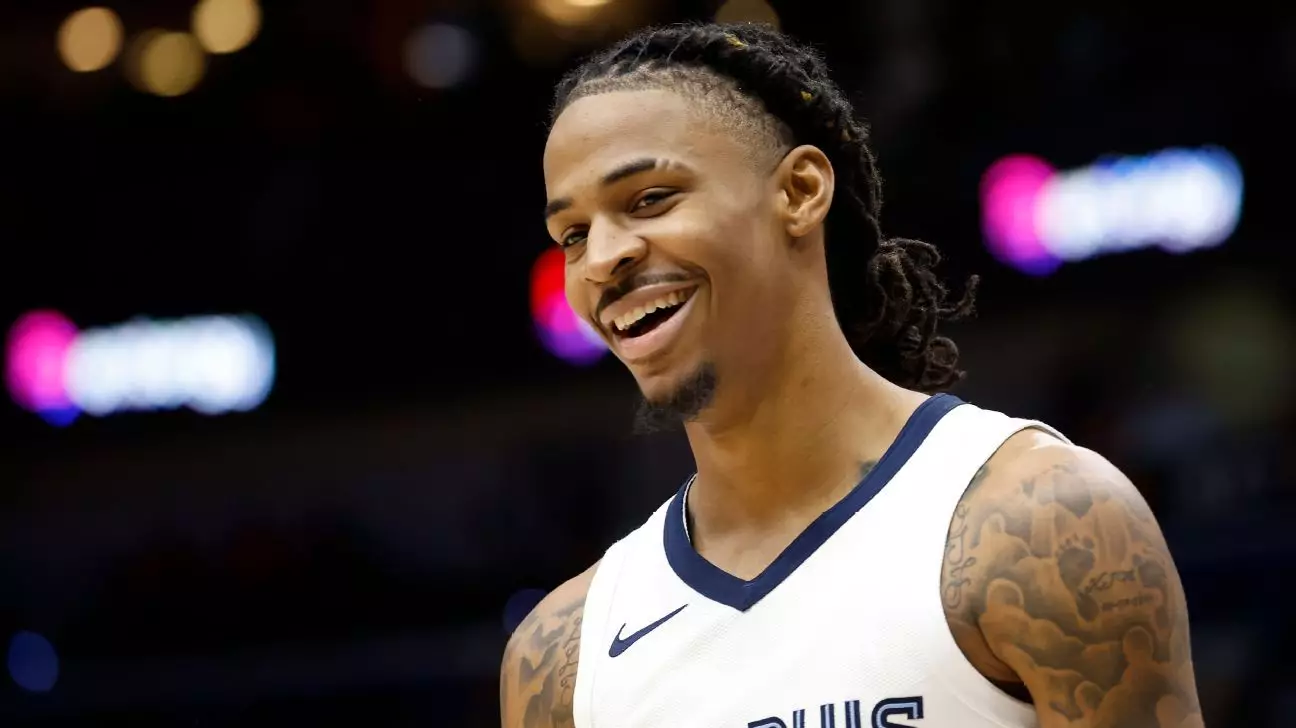Drafting a successful fantasy basketball team intricately hinges on the delicate balance of risk and reward, particularly when it comes to player availability and expected performance. Seasoned fantasy managers know that the journey to a championship often begins well before the first tip-off, commencing at the drafting table. By examining player values and potential production, we can discern who among the seasoned veterans, stars, and rising talents could propel a team to glory or lead to disappointing outcomes.
As we analyze this year’s draft landscape, Joel Embiid stands out as an example of a player who embodies both immense potential and significant risk. Embiid is coming off a season where he averaged over 61 fantasy points per game, marking him as one of the elite players in the league. However, his consistent injury struggles factor heavily into drafting decisions. Former seasons have seen Embiid miss substantial time; thus, a high-stakes draft pick on him could pay off spectacularly—or lead to the demise of your fantasy squad if injuries limit his appearances.
This critical complexity is mirrored in the situations of other supremely talented players like Anthony Davis and LeBron James. Both veterans had what could be called “iron man” seasons last year, yet their historical trends in recent years tell a different story. Despite their remarkable performances, age and injury history loom large. While they can yield top-tier stats when healthy, their track records raise the stakes for those who consider them a lock for high draft picks.
Unassuming yet impactful players like Ja Morant must not be overlooked in a fantasy pursuit. Although Morant’s previous season was marred by missed games due to injury and suspension, there’s an undercurrent of optimism surrounding his return to form. Having averaged impressive stats previously, if he integrates consistency in both performance and availability, he could be a hidden gem available in the mid-to-late rounds of drafts, adding tremendous value to any roster seeking star capabilities without a top-tier investment.
Similarly, veteran Kevin Durant sparked renewed interest after a strong season despite battling injuries through his career. At 36 years old, there is a precarious balance between established talent and the potential risk of decline as he ages further into his career. His 75-game performance last season painted a more optimistic picture, making him a worthwhile consideration for those looking to capitalize on a potentially undervalued asset.
Fantasy managers are also compelled to evaluate the value of players based not only on their stats but also their historical availability. Take Kyrie Irving, for example. Despite elite scoring averages and impressive per-game contributions, his availability over the last five years raises serious questions. The disparities in stats between per-game rankings and total fantasy points display a vital reminder: absence can detrimentally impact overall performance, bringing forth the question of whether a high draft pick is warranted.
Then there’s Damian Lillard, whose move to the Milwaukee Bucks has opened a new chapter in his career. Once a go-to first-round talent, Lillard faced challenges adapting to a new system last season, leading to lower overall averages. Yet if he finds his footing alongside Giannis Antetokounmpo and maintains durability, he presents significant upside—an exciting prospect for late first to early second-round consideration.
Turning our attention towards the younger contingent—LaMelo Ball and Zion Williamson—who embody risk-reward dynamics in different ways. Ball’s early career burst onto the scene with remarkable accolades but has since been hampered by injuries, raising concerns about his longevity. Identifying if Ball can shake off his injury woes and return to prime form will define his draft stock, making him a classic example of risk over certainty.
Williamson, while showing glimmers of extraordinary potential with significant scoring numbers, similarly faces scrutiny regarding his ability to stay on the court. Although last season saw improvements, past performance casts shadows on his long-term viability. If he can harness his undeniable talent while vanquishing the injury bug, he could indeed provide a boon that belies his draft position.
Success in fantasy basketball rests not only on finding marquee players but equally on the shrewd analysis of risk factors surrounding them. The fluctuating landscapes of player health, historical performance, and evolving team dynamics will ultimately guide the decisions of fantasy managers. As the draft approaches, carefully dissecting these variables creates the potential for transforming a promising roster into a championship-winning lineup. The ability to foresee both the pitfalls and the potentials of each player may just be the advantage necessary to seize glory in this volatile and exhilarating world of fantasy basketball.


Leave a Reply